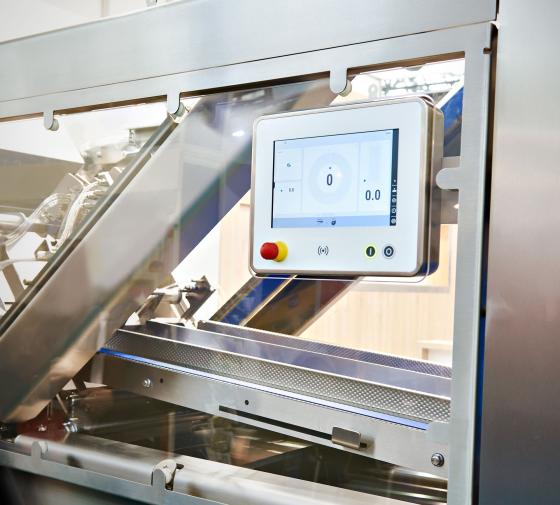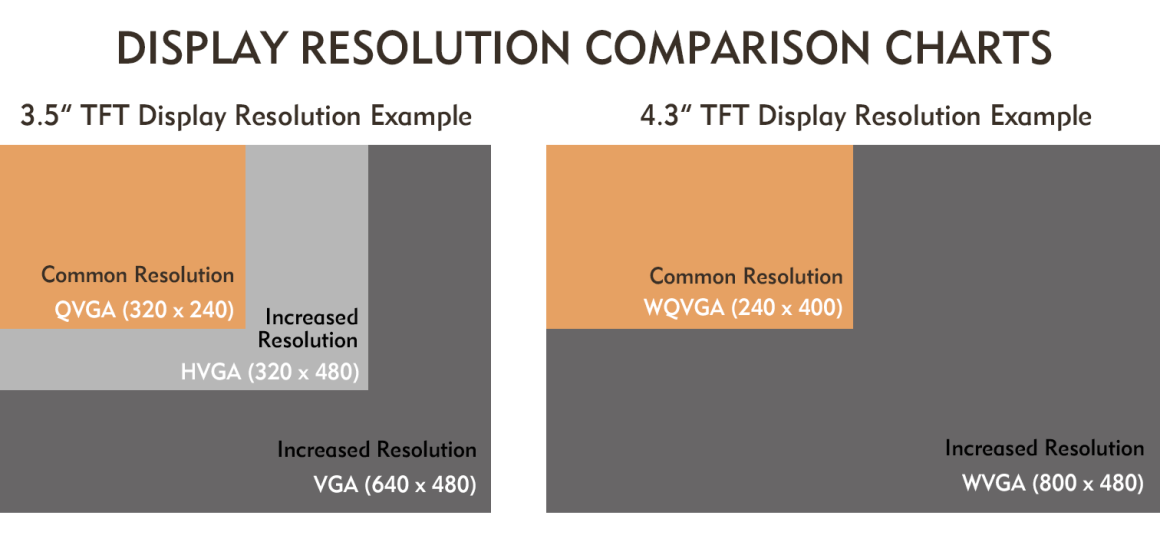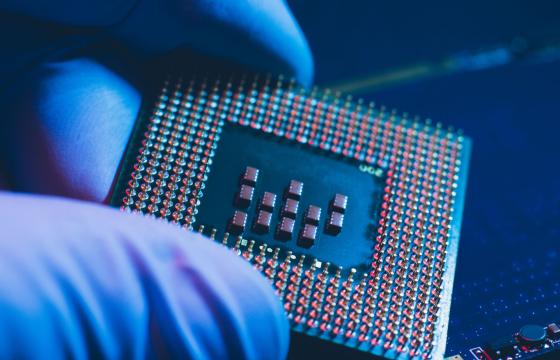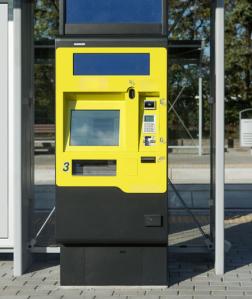Integrating a higher resolution display is a popular upgrade path for today’s embedded products, to meet the ever-increasing expectations of end users spoiled by the latest smartphones.
Why Should I Increase the Display Resolution?
It’s 13 years since the first-generation iPhone was launched, at the start of the smartphone revolution. Profoundly influencing the way we live and work, it has changed everything from keeping in touch with friends and family, to making payments and using financial services, controlling our homes, and entertaining ourselves with video and gaming. More than this, its influence has completely transcended the mobile market and revolutionised the way we interact with technology everywhere.
Thanks to smartphones, our expectations of equipment such as industrial control panels, retail point-of-sale equipment, vending and ticketing machines, cookers, washing machines, coffee makers, door-entry systems, and office equipment such as scanners and printers have been transformed.

Right now, at Anders, we are frequently tasked by customers to help them upgrade and revitalise the user interface of successful and established products. This often involves migrating the underlying embedded system to a higher-resolution display: replacing, say, a 3.5-inch QVGA (320 x 240 resolution) with either a 320 x 480 HVGA or 640 x 480 VGA unit. Applications that feature a 4.3-inch display are similarly moving from 480 x 272 WQVGA, typically to WVGA at 800 x 480.

The same display size is often adequate for the application and, indeed, re-designing to incorporate a larger display can be expensive. Increasing the display resolution can be a more cost-effective way to deliver an exciting boost in your target market by bringing better and sharper image quality.
With the higher resolution, there are also opportunities to redesign the entire look and feel of the front end to take full advantage of the new display capabilities. In addition, alongside the shift towards higher resolution, there is also often a desire to increase the brightness for a sharper, more vivid user experience.
How Will a Higher Resolution Display Impact my Embedded System Design?
In most case upgrading the user interface is not as easy as simply choosing the new display and connecting it up. Re-engineering the system needs to take into account the possible increased loading on the processor, particularly if there is a significant redesign of the user interface to introduce more complex or faster graphics and animations. A more sophisticated user-interface application will also likely demand extra code memory as well as additional frame storage and buffering. Fortunately, when rethinking the user interface, we can take advantage of improvements in aspects such as the microcontroller and memory technologies to handle the associated increases in system demands.
Microcontroller manufacturers are continuously introducing new devices that offer higher performance with lower power consumption, and it pays to keep abreast of what the market has to offer. Similarly, as far as memory is concerned, the trade-off between read and write performance, density, and price continues to improve in the engineer’s favour, enabling designers to achieve the effects they need within acceptable limits on overall power, size, and cost.

Where do I Start with My User-Interface Upgrade Project?
OEM design teams tend to start with the front end of their product, focusing on how the user interface will look and feel. It’s a quite reasonable standpoint from which to begin, as these are the key features are that will differentiate the new product against others in the market as far as the end user is concerned. The big idea, the creative vision, usually starts here, and the subsequent engineering effort works from this point back into the system. This is where Anders’ specialist and display-integration and embedded-design expertise comes in. You have the vision; we provide the knowhow to make it happen.
Get in touch with Anders to discuss your integrated display product requirements.


